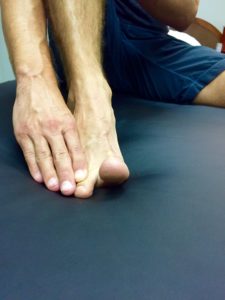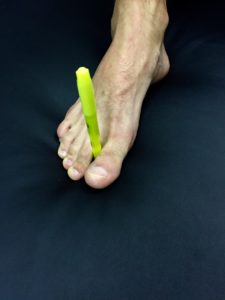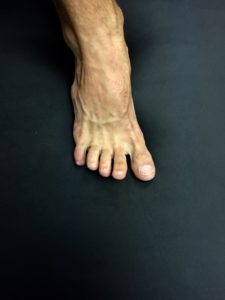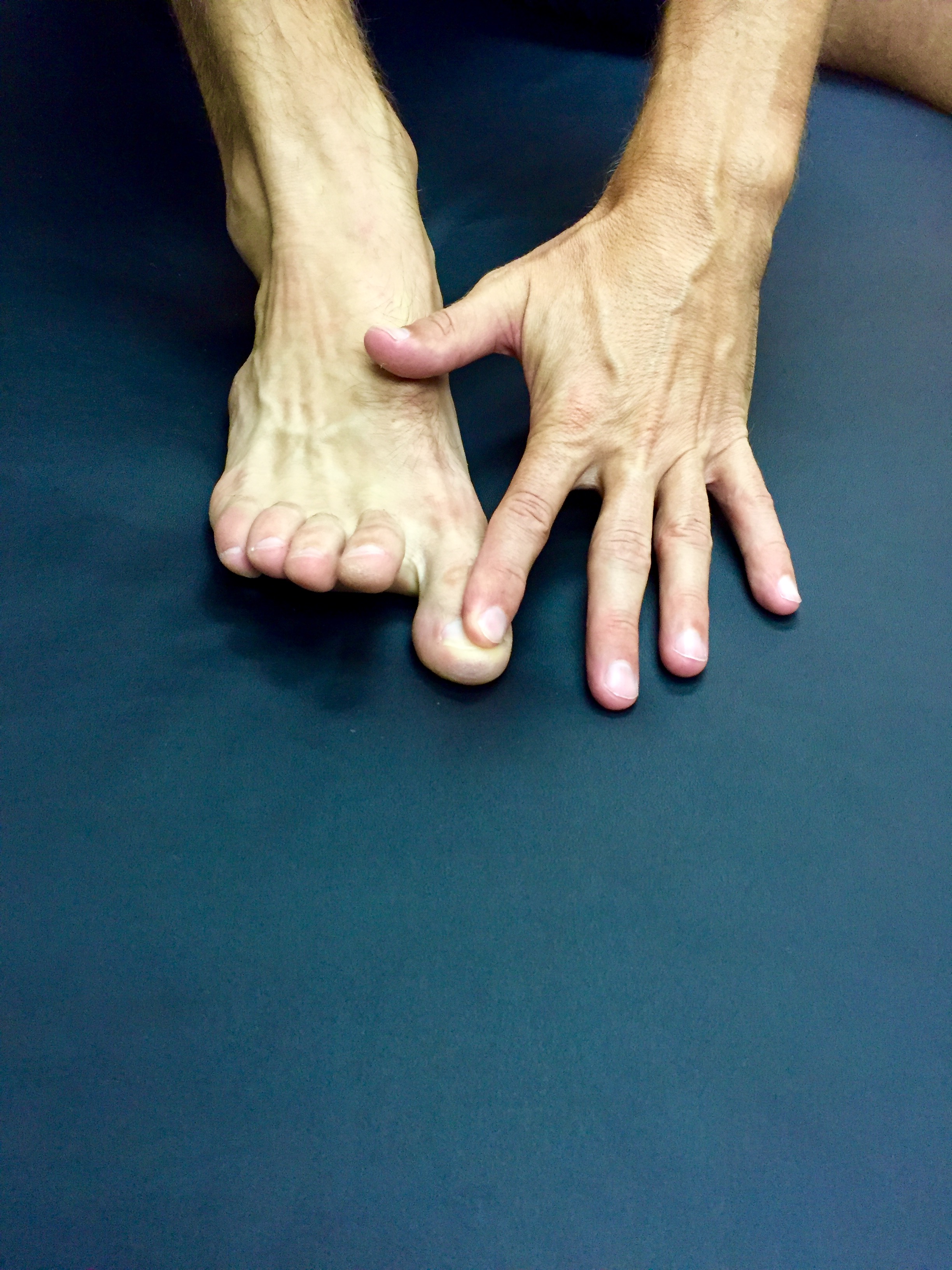by Jeremy Mayer, U.S. National Team Physiologist
Although squash is enjoyed by athletes of all ages, the majority are doing so with an increased risk of injury. This is a result of not meeting the necessary prerequisites to the movements present in the sport. Just like in school or the corporate world, there are basic efficacies that need to be met before progressing to higher levels of achievement (which in this case would be a squash match).
If I took a random sample of twenty squash players at a given club, maybe two of them would be “cleared” to play after testing their functional joint mobility. Joints adapt to the ranges of motion that you use them in most often. If your day is spent sitting at a desk, in a car, or on the couch, your body will decide to then limit ranges of motion to accommodate only those activities. Movements in squash become unfamiliar to the joints which, when performed, put a tremendous amount of stress on the musculoskeletal system as it tries to adapt.
Lets use a body weight deep lunge as an example. Now a question you should ask is “what needs to happen to perform that movement correctly?” To answer that you have to look at the joints involved in a deep lunge which are the toe, ankle, knee, hip, si and lumbosacral joints. Do EACH of these function independently as joints the way they are supposed to? If the answer is no, then you simply cannot do a deep lunge properly. Your body may find a way to get into a deep lunge but it will be to the detriment of other areas in the body that have to overcompensate.
From this example let’s look at the toes since they are the first point of contact with the court. Any dysfunction or lack of range of motion there can cause a breakdown in movement throughout the rest of the body. Shoes are the biggest contributor to lack of mobility in the toes. Think of what would happen to your fingers if you wore mittens every day for the majority of your life. Proper function of the toe joints can be regained by doing a few isolated mobility exercises daily. Let’s look at some basic exercises (perform two sets of ten repetitions of each daily):

Big toe extension – raise your big toe while the other four toes push into the floor. Assist with hand by lightly holding four toes down.

Four toe extension – raise your four toes while pushing your big toe into to floor. Lightly assist with hand by holding big toe down.

Toe adduction – squeeze toes together without any flexion bringing all toes toward second toe. Use a pen between big toe and second toe to push against.

Toe abduction – lift all five toes then spread them apart from each other. Slowly lower each back to the ground beginning with the smallest toe and ending with the big toe.
We begin (and some of you will end) with the toes. If you don’t have proper function there, how can you expect your knees, hips, back etc to not take on extra stress? If you do have well-functioning toes then you can progress in the same way by looking at the other joints used in the movement you will be performing (ie the ankle, knee, hip etc). Make sure to put each of these through the range of motion that will be asked of it. If there is a limitation find exercises and stretches to increase the range of motion of that joint.
Think about how dynamically you are asking your body to work for the hour or so spent playing squash and how different that is from what you are doing the other twenty three hours of the day. By taking some time to develop your prerequisites it will better prepare you for your time on court, and keep you away from the Doctor’s office.


